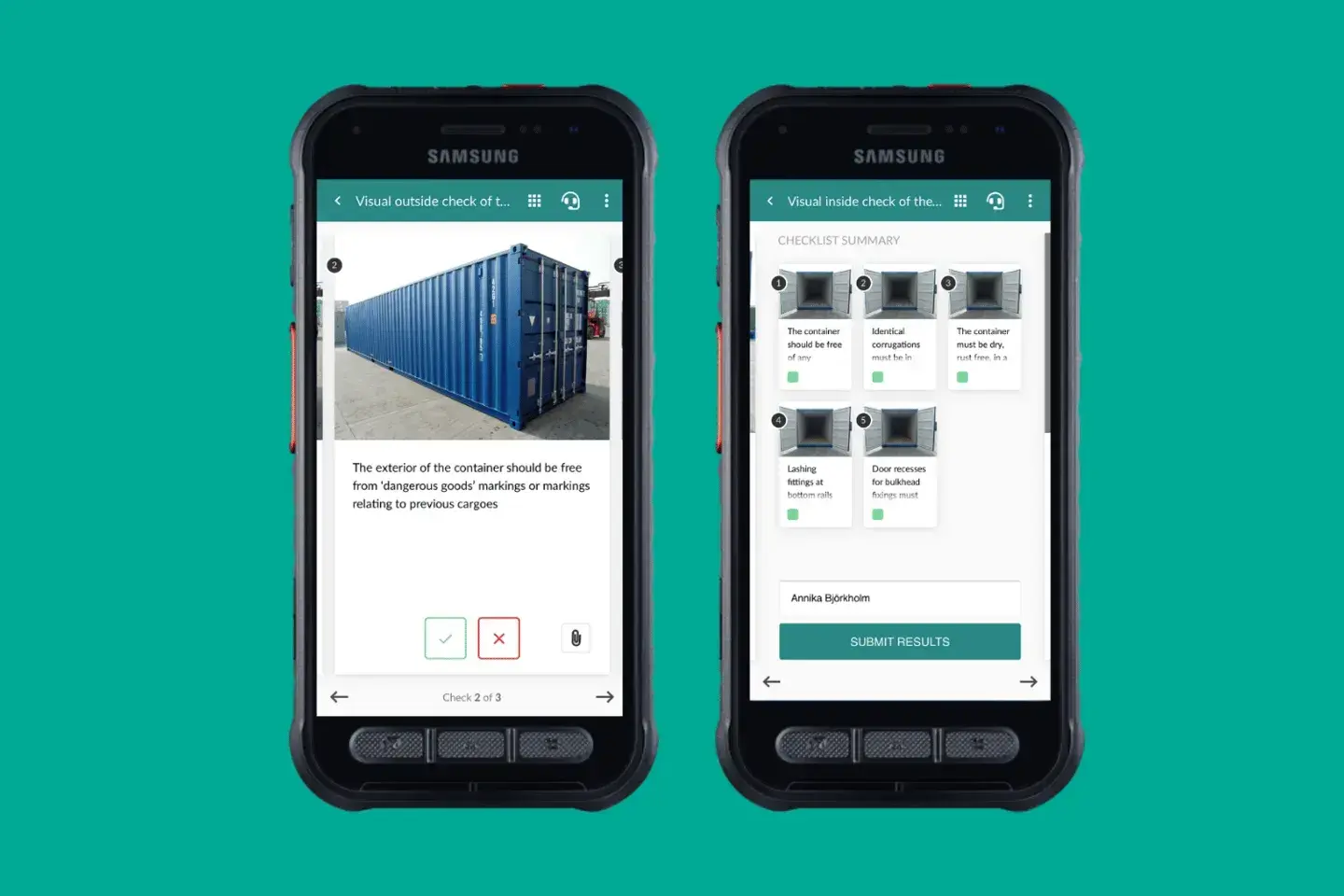

The Digital Future of the Manufacturing Industry
What does the future of the manufacturing industry look like? According to the instruction software company SwipeGuide's CEO, it's highly digitized and ran by a tech-savvy workforce.
What about your work excites you the most?
We’re really excited about what’s happening in the industry today. The future of the manufacturing industry is a digitalized and heavily automated shop floor with tech-savvy workers. We're moving away from a human-powered mechanical workforce.
Any company’s goal is to be competitive in a connected, data-driven, and ultimately more productive world. But as technology evolves, they're left with very real problems. Obsolete hardware, difficulty capturing and sharing knowledge, and integration with a new generation of workers all cause major issues for modern businesses.
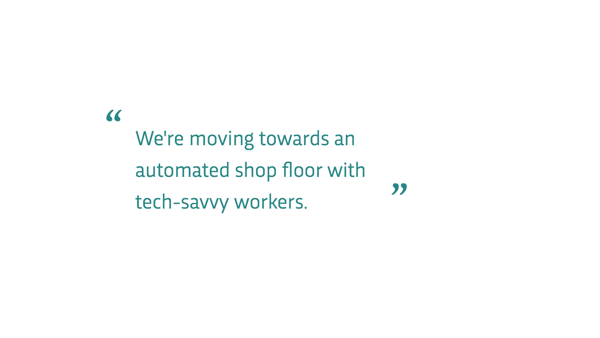
Very interesting. Could you talk a bit more about these pain points? What are some of the biggest challenges facing the future of the manufacturing industry?
Of course! Many problems stem from knowledge distribution and training in the workforce. Manufacturers are dealing with hardware that is close to forty, even fifty years old. It’s essential that workers know how to run these machines, maintain them, and move effectively from production batch to production batch. Frequently, the instructions that teach workers how to perform these tasks are very difficult to access and understand.
At the same time, we see older generations leaving the shop floor to retire. Newer generations are taking their place and these workers learn and work in a completely different way; they’ve been raised in a digital, mobile context where information is always available.
Businesses must find a way to develop Standard Operating Procedures for aging hardware and deliver them in a way that inspires a new workforce, while also reducing downtime and errors.
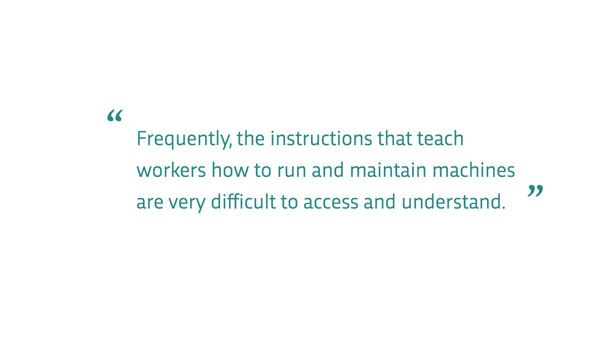
That sounds tough. How does SwipeGuide help with these challenges and create work instructions for the future manufacturing industry?
We keep the user at the core of everything we do. With our user-centered platform, machine operators and field service engineers can visualize and standardize digital work instructions, on any device, in a matter of minutes. We’ve made the worker the hero with an intuitive platform where anyone can create really good instructions and instantly share them around the globe.
By focusing on an effortless user experience, we’ve created digital work instructions by the worker, for the worker.
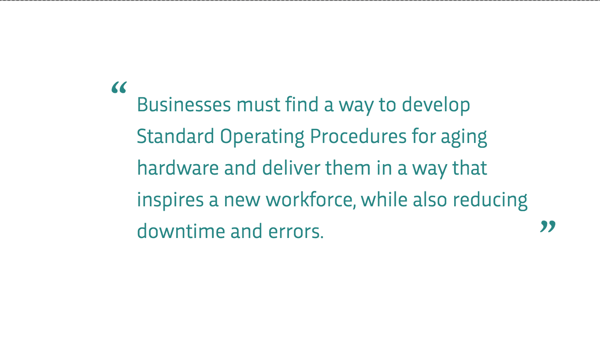
Can you talk about the philosophies that helped shape this design?
I think you need to start by looking at SwipeGuide as a company.
We started as a group of experts on e-learning, experience design, and emerging technologies. These are the disciplines that form the core of our product. By tapping into them, we were able to perfect the formula that makes SwipeGuide so effective.
Everything within our platform is based around a set of minimalist design principles proven to make instructions simple and effective. SwipeGuide translates that philosophy to a compelling user experience in our software. Then, we take it a step further by integrating an AI system that gives data-based recommendations and teaches editors how to create a more effective instruction.
The end result is a user-centric digital work instruction platform that empowers companies with data, created by a team of experts and innovators. We're focused on empowering the future of the manufacturing industry with effortless work instructions for a smarter way to work.
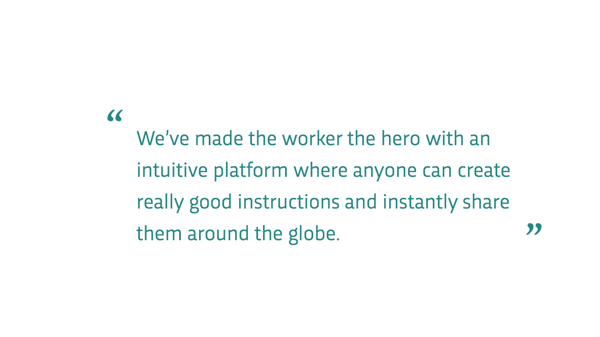
Very cool. How will you continue to differentiate yourself from your competitors in the coming year?
Our customers are some of the biggest manufacturers in the industry.
We all know that a digital future is unavoidable. But the truth is, no one knows exactly what this transformation will look like. These companies know where they need to go, but they don’t necessarily know how to get there.
We provide the software essential to any effective digital transformation. Businesses can implement our platform immediately to visualize and standardize work instructions, and eliminate tribal knowledge in the workforce. This is not only the future of the manufacturing industry, this is happening right now.
But our maturity model also allows us to grow with a company, providing comprehensive solutions as machinery becomes digitized. For example, production lines and supply chains will change and become more and more integrated with hardware. That’s a fact. The SwipeGuide platform will allow hardware to push out updated instructions in real-time, based on data from machine sensors, while also providing analytical data.
We are distinguished by our ability to provide a user-centered experience that simultaneously supports the growth of any business throughout their transition to a digital future.
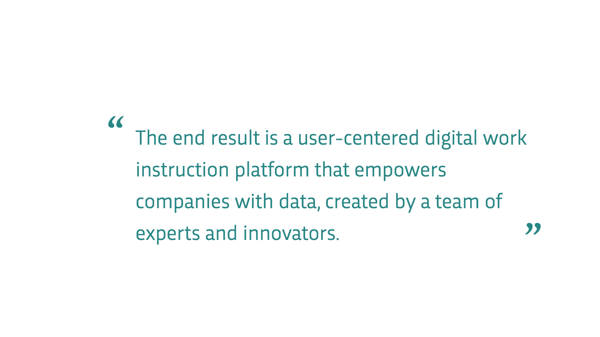
That’s fantastic. Is there anything else that you’re particularly excited about the digital future of the manufacturing industry?
We’re very excited about the features and updates that we’ll be rolling out in the next years. SwipeGuide is constantly developing new insights that will help our platform scale effectively with emerging technologies.
We’ll be launching the prototype of our AI-powered Recommendations Engine. This feature automatically collects data on user interactions, feedback from existing instructions made in the platform, and machinery sensors. Machine learning processes this data and uses it to deliver recommendations for the most user-friendly work instructions possible.
We’re also excited to announce advances in both integrations with wearable technology and offline capabilities for SwipeGuide. These features promise even more freedom and accessibility for our users, working towards a digitalized future in the manufacturing industry.
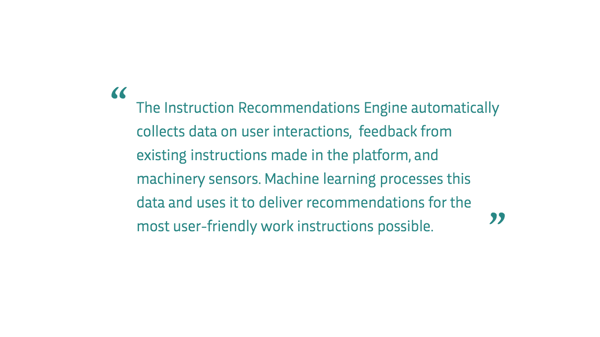
Author
Revisions
It's time to simplify frontline training
Work instructions, checklists, and skills management - all in SwipeGuide
- Cut training time by 50%
- SOC I and II compliant

